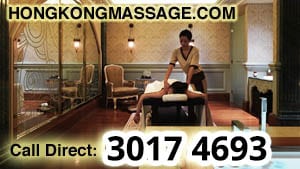Chinese massage
Chinese massage is an ancient tradition that is part of traditional Chinese medicine. This effective and comprehensive massage is also closely related to herbal medicine, acupuncture and acupressure.
5 components of Chinese massage
Chinese massage includes 5 interconnected and overlapping treatment components.
- Anmo (pressure and friction). Chinese massage for rejuvenation and maintenance of health.
- Tuina (push and grasp). Sophisticated medical massage used to treat injuries, joint and muscle problems and internal disorders.
- Infant Tuina. Chinese massage for babies and young children. This differs to the standard treatment.
- Dian Xue (under pressure). Use of simple pressure techniques similar to acupressure.
- Wai Qi Liao Fa, curing with external qi (energy)
Healing with direct transmission by qigong masters after many years of rigorous training and discipline.
Central to all components is the idea that massage affects the physical body with the Qi body (network of energy) and the mental body (emotions, thoughts and spiritual senses). Chinese Massage primarily focuses on acupoints (Acupuncture) where Qi gathers and can be easily manipulated.The massage techniques are understood to activate qi and blood and regulate, but also to promote relaxation, increase flexibility and stretch the joints.
Objectives of Chinese massage
Since pain is considered a lack of free flow of qi and blood, chinese massage to movement and is therefore considered effective for the treatment of pain.
Anmo massage is for relaxation, to give a balanced full body treatment. A session can last up to 2 hours and is a very deep experience.
Tuina massage for specific health problems and is based on the principles of treatment, specific techniques are combined to treat the complaint and the presentation of the underlying pattern.
























